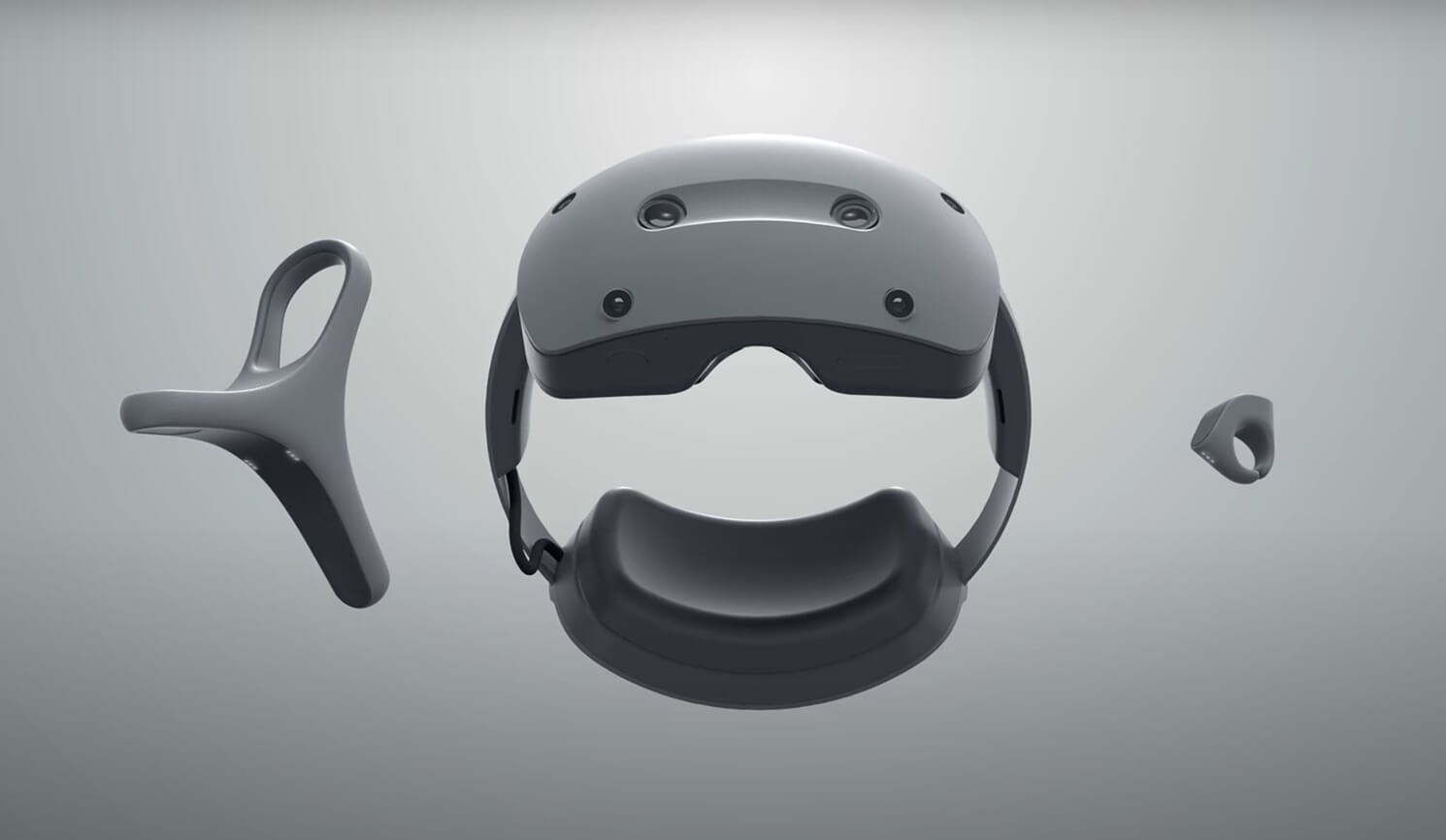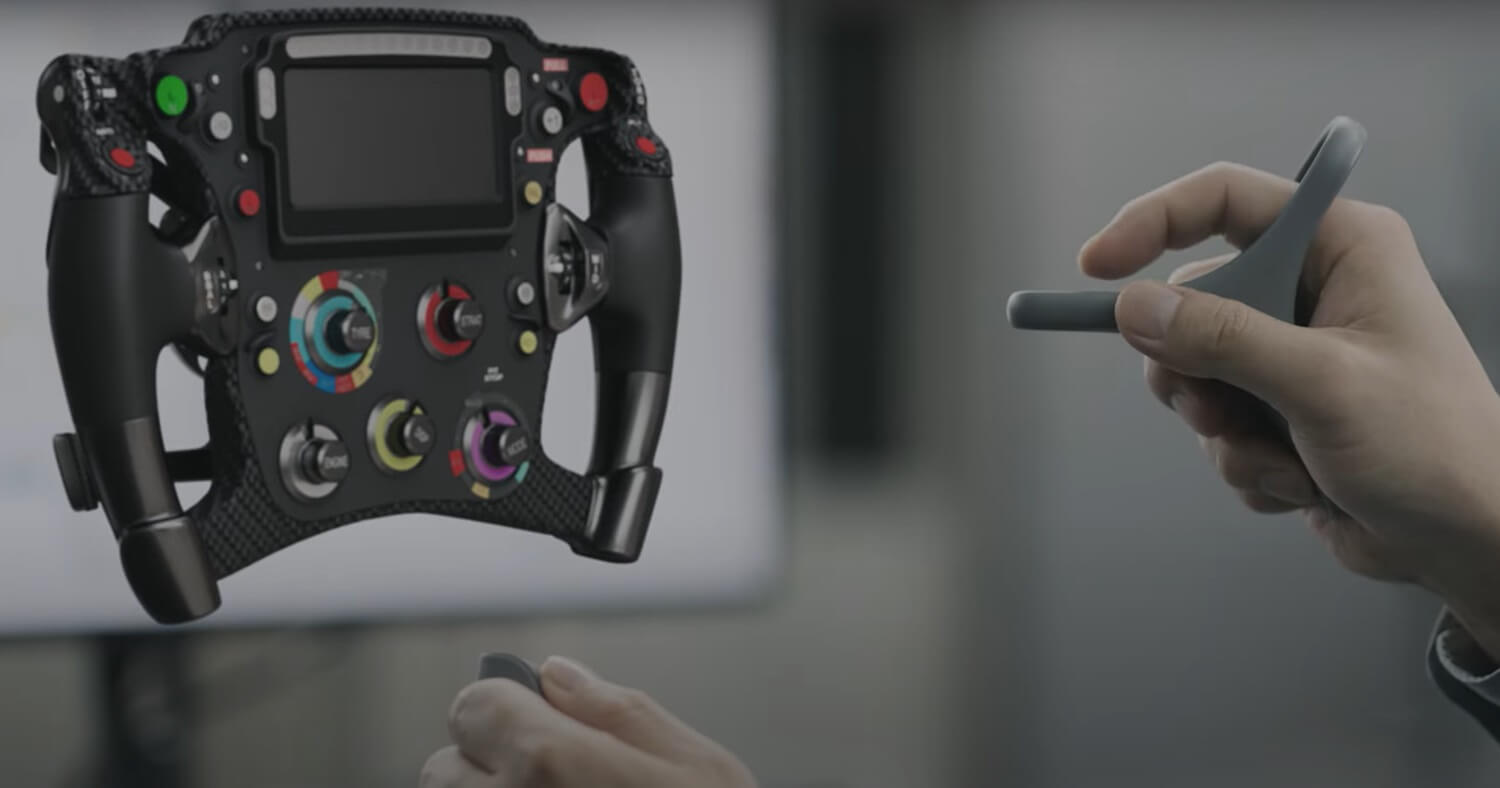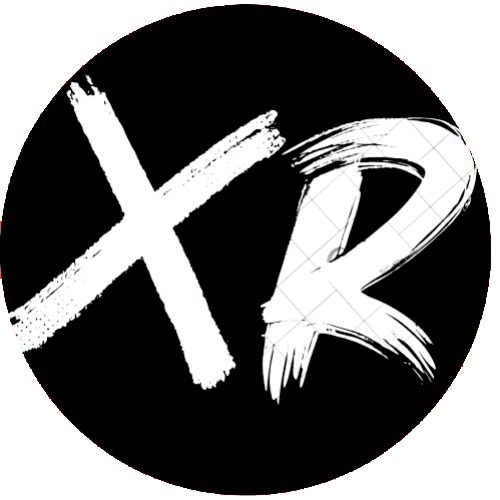Can we say Sony’s Industrial VR headset is what Apple tried to achieve with its Vision Pro headset? Wait, before you conclude on that, you should know what the Sony VR headset can do and its availability.
Recall that Sony’s PSVR 2 has remained a great VR headset contender for a couple of years now—the brand knows how to build some solid stuff! The new Industrial VR headset isn’t for everyone but for engineers, professionals, and content creators looking for a much better yet affordable alternative to the overpriced Apple Vision Pro.

Sony partnered with Siemens to deliver this high-end XR headset that challenges the Vision Pro in features and capabilities. First off, the headset is powered by the latest Qualcomm XR chip and debuts never-before-seen control accessories: a unique ring accessory and a pointing controller. The headset will be available for sale later in 2024.
Sony’s VR headset focuses on the industrial metaverse.
Sony Corporation, in partnership with Siemens, announced they are releasing an XR headset that will solve real-world problems. The headset comes with a head-mounted display and a unique controller, unlike the regular controller featured by other VR/XR headsets. It is going to be an “immersive spatial content creation system” with superb 4K OLED microdisplays and support for video see-through.
Full information about the specs and features of this XR device has not been released, but a few leaked specs are flying on the internet. The unique controllers that come with this headset are designed for intuitive interaction with 3D objects and precise pointing, which further elaborates on Sony making the headset for 3D content creators and robotics engineers. The headset will use custom software from Siemens Xcelerator’s open digital business platform.
Also, this headset is launching as a spatial content creation system running Sony’s proprietary rendering technology for real-time, high-definition, realistic rendering of human facial expressions and textures of 3D objects.
“Siemens is partnering with Sony to enable immersive engineering, a critical building block for the industrial metaverse. Together, we are creating an environment where it will be possible to experience the realities of physics without the bounds of time, profoundly improving how our customers work and collaborate.” Cedrik Neike, CEO of Siemens Digital Industries.
Features and Functionality
The most noteworthy feature is the all-new ring controller, which functions to help the headset users manipulate objects in virtual space; there is also a pointing controller that does just exactly what the name implies—pointing.

The main device is a head-mounted 4K display that allows wearers to view 3D models in an Extended Reality (XR) environment in clear HD. It is not really a headset per se.
Powering this XR headset will be the high-end Snapdragon XR2+ Gen 2 Platform, which was used in the Meta Quest 3 headset. No doubt, this processor delivers seamless XR experiences by making a lot of AR/XR activities smooth and without lag. Sony announced it is collaborating with software developers to create applications and APIs for this XR gadget to allow creators to move beyond the existing boundaries between the physical and virtual worlds when it comes to immersive XR experiences.
Official reports from Sony state that the Industrial XR headset will support the company’s Split Sendering for distributing rendering load between PCs and the head-mounted display; the gadget can process high-definition rendering of large-size 3D models, thanks to the cutting-edge Qualcomm chip.
Benefits for Businesses
Sony maintains the Industrial VR headset is for business use. The gadget can be used with compatible applications to collaborate on business tasks and carry out other business-related activities. By holding the pointing controller on one hand and attaching the ring controller to a finger on the other hand, 3D creators can make realistic models using both controllers and a keyboard while still wearing the head-mounted display.

Sony’s Industrial VR headset is designed with comfort in mind; the main gear (the head mount display) feels comfortable to wear over a long time, and the wearer can fine-tune the balance of the device’s center of gravity. Also, the head unit comes with a “flip-up” mechanism that allows the user to switch from viewing a virtual world to viewing the physical environment quickly without interrupting a thing or removing the headset entirely.
Another catch! Sony will collaborate with 3D production software developers in the entertainment and industrial design niches to launch business applications for this XR headset. Product engineers can leverage the new Sony XR headset to create masterpieces and collaborate remotely.
Target Audience
Obviously, Sony appears to be making this XR headset for a unique target audience and not just any VR enthusiast. From all indications at the moment, Sony is making this headset for “creators in the industrial design and product engineering fields.”
Price
The price for Sony’s Industrial VR headset is yet unknown, but it will surely not get close to the $3.5k RRP of the Apple Vision Pro.
Release Date
Sony’s Industrial VR headset will be available for sale later in 2024.
How Meta and Apple Could Learn From Sony
Sony’s controllers are completely new in the market; we’ve never seen anything of the sort before now. It won’t be surprising if Meta and Apple adopt this new controller design, as it seems more comfortable and intuitive.
Also, Sony’s “Flip-Up” mechanism on the head unit is something other XR headset manufacturers could copy; it saves the wearer the time and stress of removing the headset entirely when they need to make a quick interaction with a physical environment while still deeply immersed in a virtual world.
But right now, since Sony looks to be making this headset for a unique customer base, the Sony PSVR 2 will remain the competitor to Meta and Apple’s standalone VR headset models, and it’s a no-match for the Meta Quest 3 or Apple Vision Pro.
What More?
At launch, Sony’s new XR gadget will change how prototype production engineers carry out their jobs. Content creation would be on a whole new level, and we can look forward to seeing more adoptions for the device; it really looks like one that could be used for many purposes and in many business fields, not just production and content creation.
